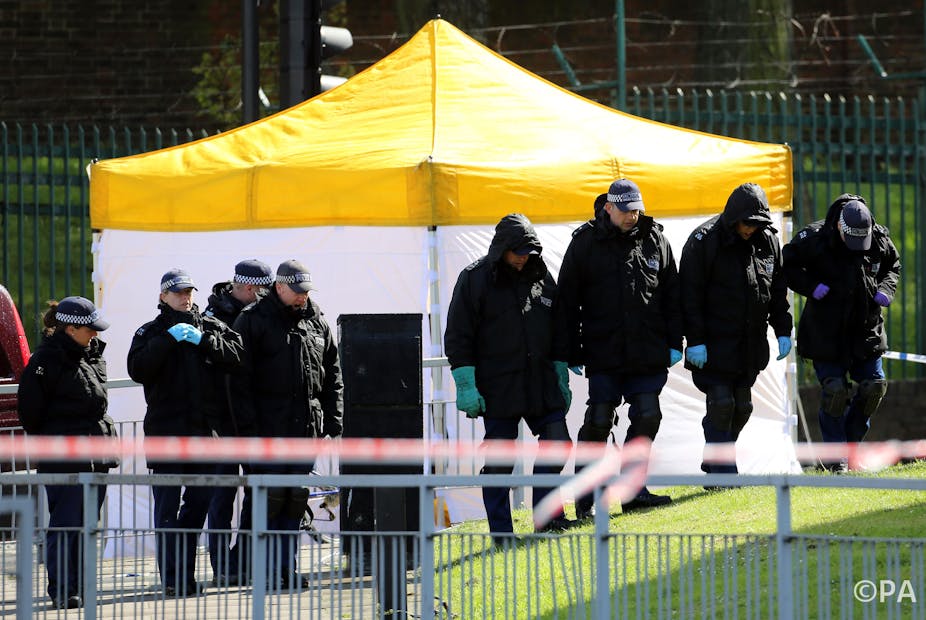It has been reported that Michael Adebolajo, one of the two suspects in the case of the Woolwich murder of a British soldier on Wednesday, is a Muslim convert.
There are significant issues regarding the alleged involvement of converts in religiously motivated violence. Previous experience has shown converts play a disproportionate role in Islamist terrorism, yet we know very little about them.
Al Qaeda leader Ayman al-Zawahiri has suggested Al Qaeda consider recruiting converts in Western countries on the basis that they provide tactical and strategic advantages. This is not surprising given that counterterrorism officials seem to place more scrutiny on individuals from Muslim countries.
Of course, to broadly brand Muslim converts as a terrorist threat is inaccurate and misleading, as there are of course far more Muslim converts who don’t become terrorists than those who do.
Coincidentally, The Economist and The New Statesman both ran stories earlier this week on the increasing number of Britons converting to Islam. These stories also briefly mentioned converts’ involvement with Islamic extremism and terrorism, including the recent case of Richard Dart from Dorset and the 7/7 bomber Germaine Lindsay.
There are no official statistics on religious conversion in the UK; best estimates suggest there are between 60,000 and 100,000 Muslim converts. On this count, converts represent between 2-3% of Britain’s 2.8 million Muslims. It is perhaps surprising, then, that our research shows converts have been involved in 31% of jihadist terrorism convictions in the UK from 2001 to 2010.
The social sciences know very little about why Muslim converts appear more likely to radicalise than those people who are born Muslims; there are only four peer-reviewed academic articles on the topic.
Yet there are hundreds of media articles on “Muslim convert terrorism”, the majority of which are speculative and only reinforce an inaccurate negative stereotype of converts. This lack of knowledge regarding convert radicalisation leaves policy makers and security agencies poorly prepared to understand converts and prevent their radicalisation. British counter-radicalisation programs currently tend to focus on “at risk” Muslim immigrant communities instead.

Our preliminary research shows that the radicalisation of Muslim converts is most frequently a two-step process. The first step involves conversion to a new faith. The second stage usually involves converts radicalising as a result of social interaction. It is less common for converts to self-radicalise in isolation, which contradicts the popular idea that terror suspects are radicalised solely from computers in their bedrooms. The process which often involves the convert developing a more extreme interpretation of their faith to legitimise or justify violence generally takes months or years.
How the mechanisms of conversion correlate and intersect with the mechanisms of radicalisation is not yet well understood. What we do know is that both religious conversion and radicalisation are similar in that they both involve significant changes in beliefs, attitudes and behaviours. However, radicalisation differs as a process in that the new beliefs, attitudes and behaviours that occurring as a result of conversion are heightened and polarised in preparation for engaging in some form of violence.
Psychological research on radicalisation indicates that a “transmission belt” from religious belief to terrorism does not exist. Therefore converting to Islam is not an indication that a person will radicalise.
Isolating the range of factors and processes that flow from conversion through to radicalisation is essential before claiming that converts are the new face of terrorism. Only on this basis one can we better determine what factors might turn ordinarily peaceful Muslim converts into extremists who use violence in the name of their religion.

